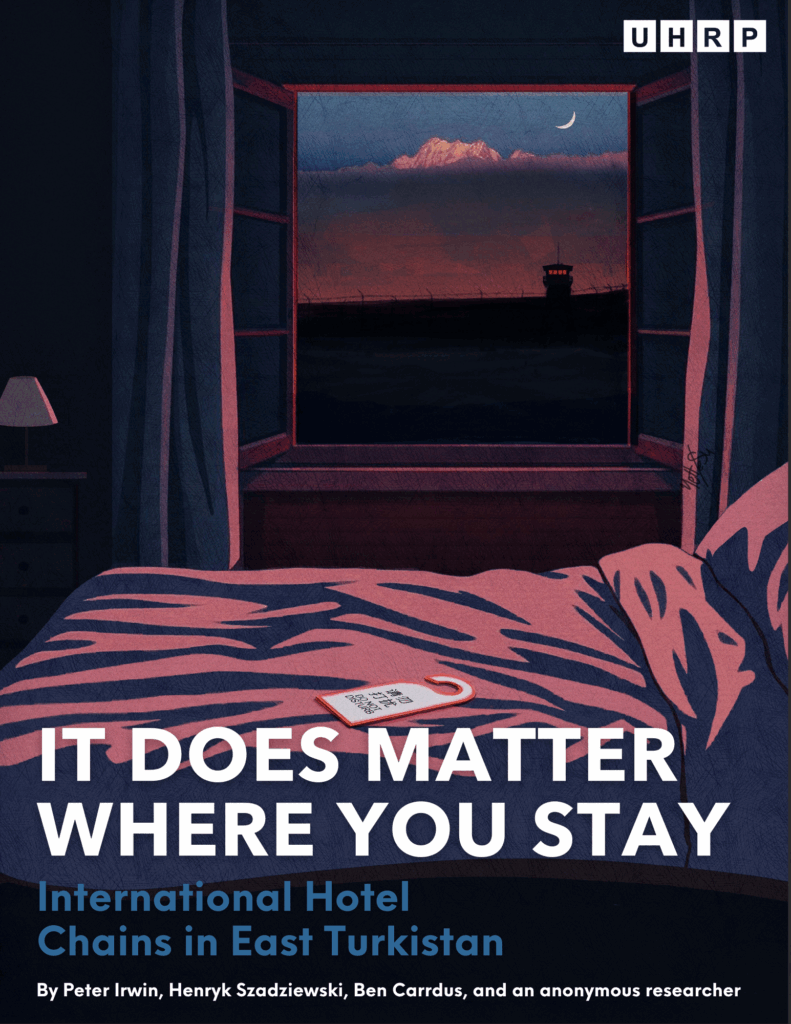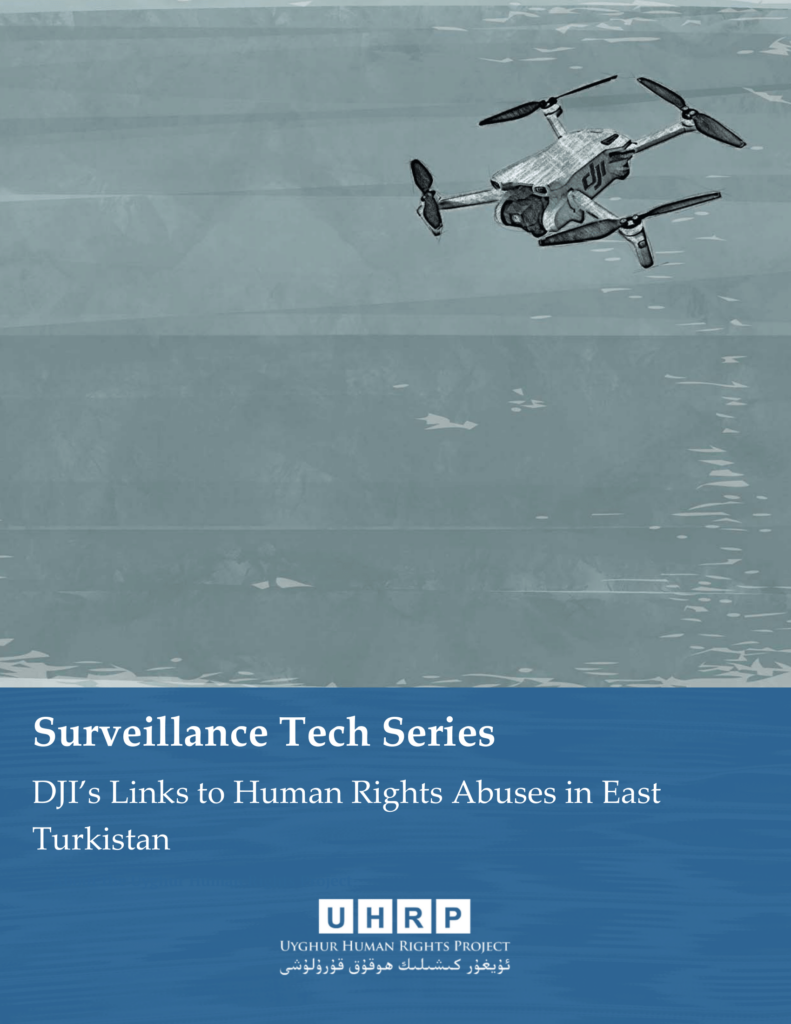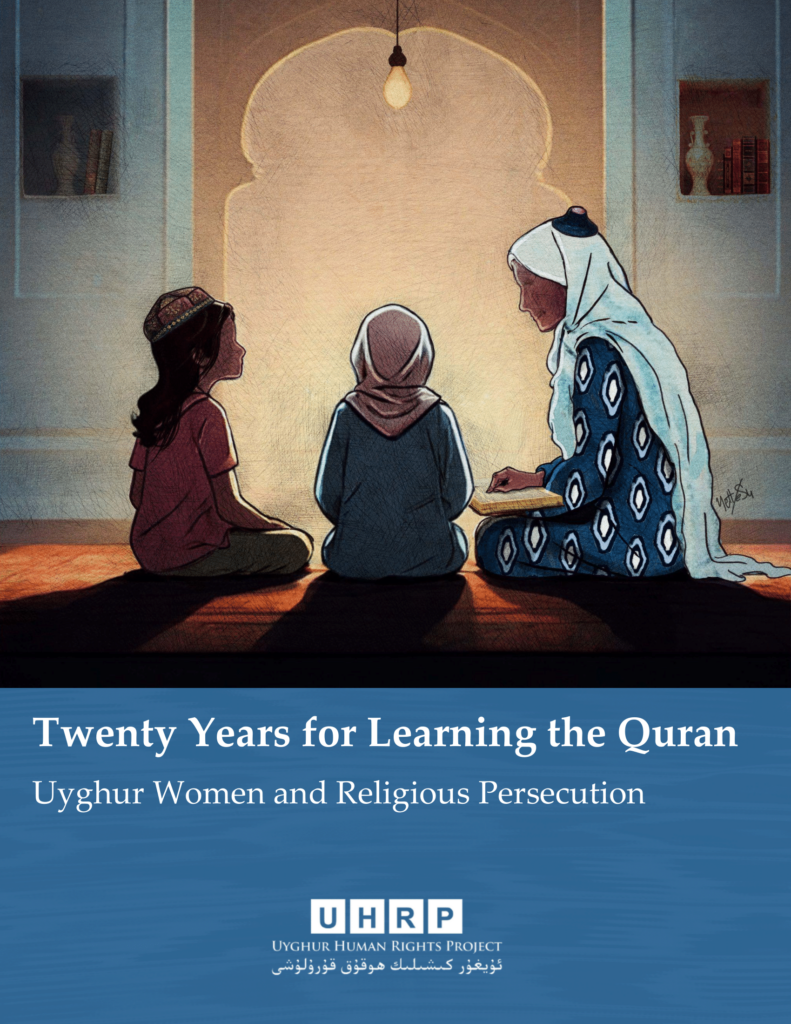A Uyghur Human Rights Project Explainer by Nicole Morgret
Scale of the Camps
- The massive scale and sudden establishment of the concentration camp system in East Turkestan is unprecedented. According to US government estimates, there are a minimum of 800,000 and possibly over 2 million people currently detained. This is up to 20 percent of the Uyghur population.
- Construction on the camps began in 2017, and reports of people being detained or disappearing emerged in the spring of 2017. Satellite photos show the camps continue to expand.
Victims of the Camps
- The detention centers target all Turkic ethnic groups, mostly Uyghurs, but also Kazakhs and Kyrgyz. Those detained include men and women, the young and elderly, as well as people of various professions and social classes, including intellectuals, farmers, businessmen and housewives.
- Early targets were people who have participated in religious activities or appear to be religious Muslims, and people who have relatives abroad, who have traveled abroad themselves or appear to want to travel abroad.
- Academics and religious scholars, businessmen and other influential members of Uyghur society also appear to be targeted, with many of them being detained or disappearing.
Conditions inside the Camps
- Survivors describe extremely overcrowded cells and poor quality food amounting to a starvation diet. There is complete surveillance in all parts of the camp, and detainees are forbidden to speak or interact with each other. Eyewitnesses describe seeing and experiencing beatings and torture.
- Detainees are forced to write ‘self-criticisms‘— admissions of ‘erroneous thinking’ and rejections of belief in Islam. Furthermore, internees were compelled to make pledges to consume alcohol, smoke tobacco, and tell other Uyghurs about the evils of Islam.
- Numerous deaths inside the camps have been reported. One survivor, Mihrigul Tursun, said that during the 10 months she was held in a camp, she witnessed nine deaths in her cell holding 68 women.
Forced Labor and Cover-ups
- At first China denied the existence of the camps. As more evidence emerged they began to explain it as ‘vocational training.’ It appears that this as a form of forced labor. Factories are being set up in the camps and detainees are required to work there for no pay. Some of these companies are supplying companies abroad, including in the US.
- Recent reports suggest that in Fall 2018, authorities began preparing for inspections of the camps by removing barbed wire and threatening people not to say anything negative about them. Additionally, it appears that the government is secretly transferring detainees to prisons in inland China, possibly as many as 500,000. This greatly increases the risk of abuse and death in custody.
- The Chinese government has hosted at least one highly orchestrated tour of the region for foreign journalists and said that UN inspectors are invited. Human rights groups warn that any legitimate international access must be unfettered.
FEATURED VIDEO
Atrocities Against Women in East Turkistan: Uyghur Women and Religious Persecution
Watch UHRP's event marking International Women’s Day with a discussion highlighting ongoing atrocities against Uyghur and other Turkic women in East Turkistan.



